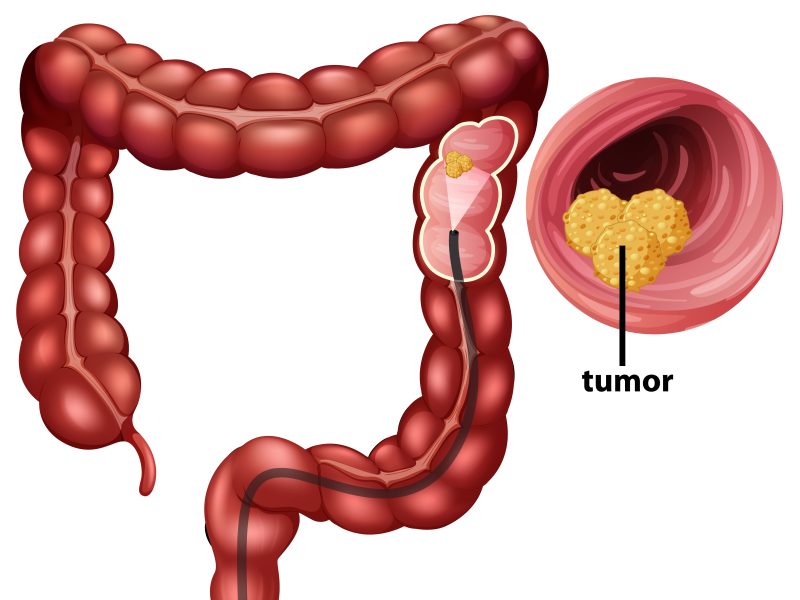Breast surgery is a deeply personal and transformative decision. Whether you are considering breast augmentation, reduction, lift, or reconstruction, understanding the type of surgery best suited to your goals is the first step.
Understanding Your Breast Surgery Options
Each procedure comes with its own benefits, risks, and recovery timeline. Talking openly with your plastic surgeon about your desired outcomes will help you make an informed choice tailored to your body and lifestyle.
Some patients choose breast surgery for cosmetic enhancement, while others may undergo it for reconstructive purposes after mastectomy or trauma. Whichever your reason, it’s vital to know the options available and what each entails in terms of downtime, cost, and results.
Pre-Operative Medical Evaluations and Tests
In the days before your surgery, your surgical team will require a full pre-operative evaluation by your primary care provider to ensure you are healthy enough for the procedure. This typically includes a physical exam, bloodwork, and possibly imaging studies like a mammogram or ultrasound.
These tests help identify any potential issues that may complicate anesthesia or wound healing. Be sure to talk to your doctor about any chronic conditions, such as diabetes, high blood pressure, or bleeding disorders. You may also need medical clearance from a specialist, depending on your health history.
Medications to Avoid Before Surgery
Several pain medications, supplements, and over-the-counter drugs can increase your risk of bleeding or interfere with anesthesia. Your surgical team will provide a complete list of medications to avoid before surgery, which typically includes:
- Aspirin
- Ibuprofen (Advil, Motrin)
- Naproxen
- Herbal supplements like ginko, ginseng, garlic, and green tea
Avoid these medications for at least 7 to 10 days prior to your procedure, or as directed by your doctor. Always disclose everything you take, including vitamins and recreational substances.
Preparing Your Home for Recovery
Setting up your home for post-op recovery is an often overlooked but essential step. Plan ahead to create a space where you can rest comfortably and safely. Some helpful tips include:
- Place essentials like medications, water, snacks, and your phone within easy reach.
- Arrange for a friend or family member to stay overnight with you the first 24 hours after surgery.
- Have plenty of soft pillows for propping yourself up—this reduces swelling and promotes healing.
- Stock up on easy-to-prepare meals and button-up tops that are easy to get on and off without lifting your arms.
The Night Before and Morning of Your Procedure
The evening before surgery, you will receive instructions from your care team. These may include when to stop eating and drinking—usually after midnight—to reduce the risk of aspiration during anesthesia.
Shower using an antimicrobial soap to reduce your risk of infection, and avoid wearing lotions, perfumes, deodorants, or nail polish. Dress in comfortable, loose-fitting clothing. If you are scheduled for outpatient surgery, arrange for someone to drive you home and stay overnight with you.
Most importantly, stop smoking at least 8 weeks before surgery. Smoking significantly reduces blood flow to the skin and breast tissue, increasing the risk of poor wound healing and infection. If you have not quit yet, now is the time. Talk to your doctor for resources and support.
Post-Surgery Recovery Timeline
Recovery from breast surgery varies depending on the type of surgery, but there are general milestones most patients follow:
- First few days: Swelling, bruising, and discomfort are normal. You will likely be prescribed pain medication and asked to wear a surgical bra for support.
- First week: Most patients can resume light activities but should avoid lifting, reaching, or strenuous movement.
- Weeks 2–4: Bruising and swelling continue to subside. Stitches may be removed, and you will begin to see more of your final shape.
- After 6 weeks: Exercise can usually be resumed with your surgeon’s approval.
- 3–6 months: Scars start to fade, and you will see your final results.
Always follow your surgeon’s specific post-op instructions for optimal healing.
Managing Discomfort and Side Effects
Pain, tightness, and fatigue are common in the days after your surgery, but manageable with the right care. Your provider may prescribe pain medication, muscle relaxants, or recommend acetaminophen for discomfort. Icing the chest (with a barrier to protect the skin) can help reduce swelling.
You may also experience temporary numbness or sensitivity in the breast or nipple area. These sensations typically improve over time. Call your doctor if you notice signs of infection such as increasing redness, warmth, fever, or pus-like drainage.
Follow-Up Care and Long-Term Results
Follow-up care is essential for ensuring your recovery is progressing as expected. You will likely have appointments at 1 week, 1 month, and periodically thereafter. During these visits, your surgeon will check incision healing, remove sutures if necessary, and monitor for complications.
Breast shape and scar appearance will evolve over several months. Scar care products, massage techniques, and avoiding sun exposure can help improve your long-term aesthetic results. If implants are involved, regular monitoring or imaging may be recommended to ensure they remain intact.
Scheduling a Consultation
If you are considering breast surgery, the best way to start is by scheduling a consultation with a board-certified plastic surgeon. During this visit, you can discuss your goals, learn more about each type of surgery, and ask detailed questions about recovery, risks, and cost.
Make a list of concerns and bring photos if you have a desired look in mind. Do not forget to talk to your doctor about health habits—especially if you need to stop smoking or adjust medications in the days before your surgery.

